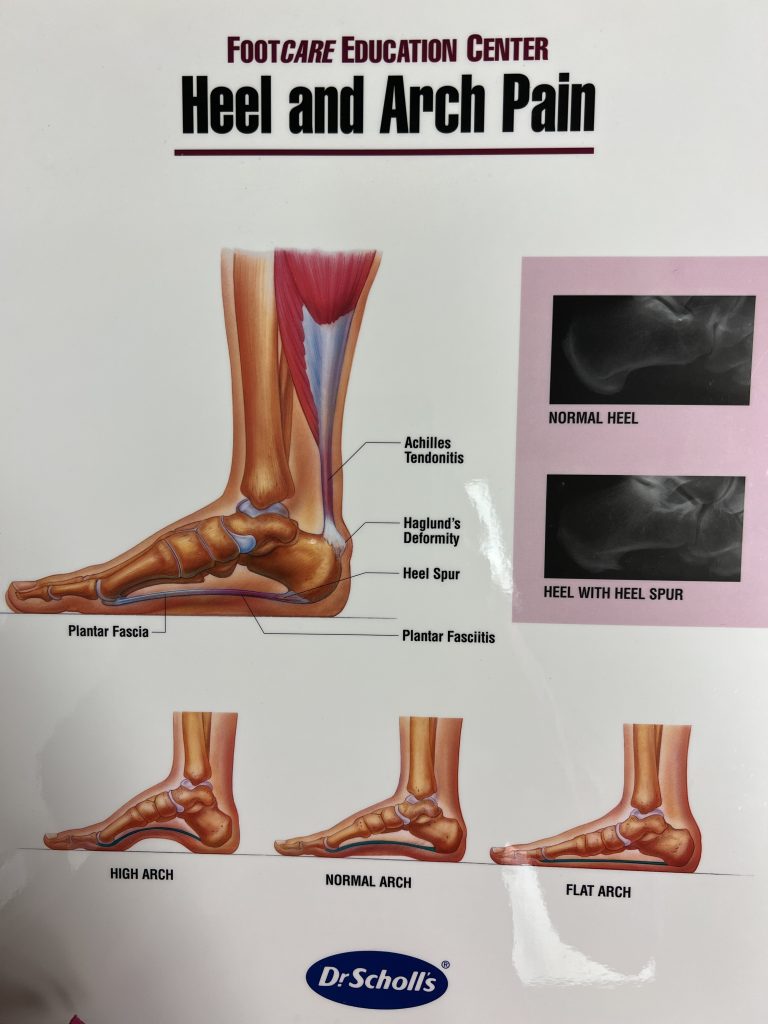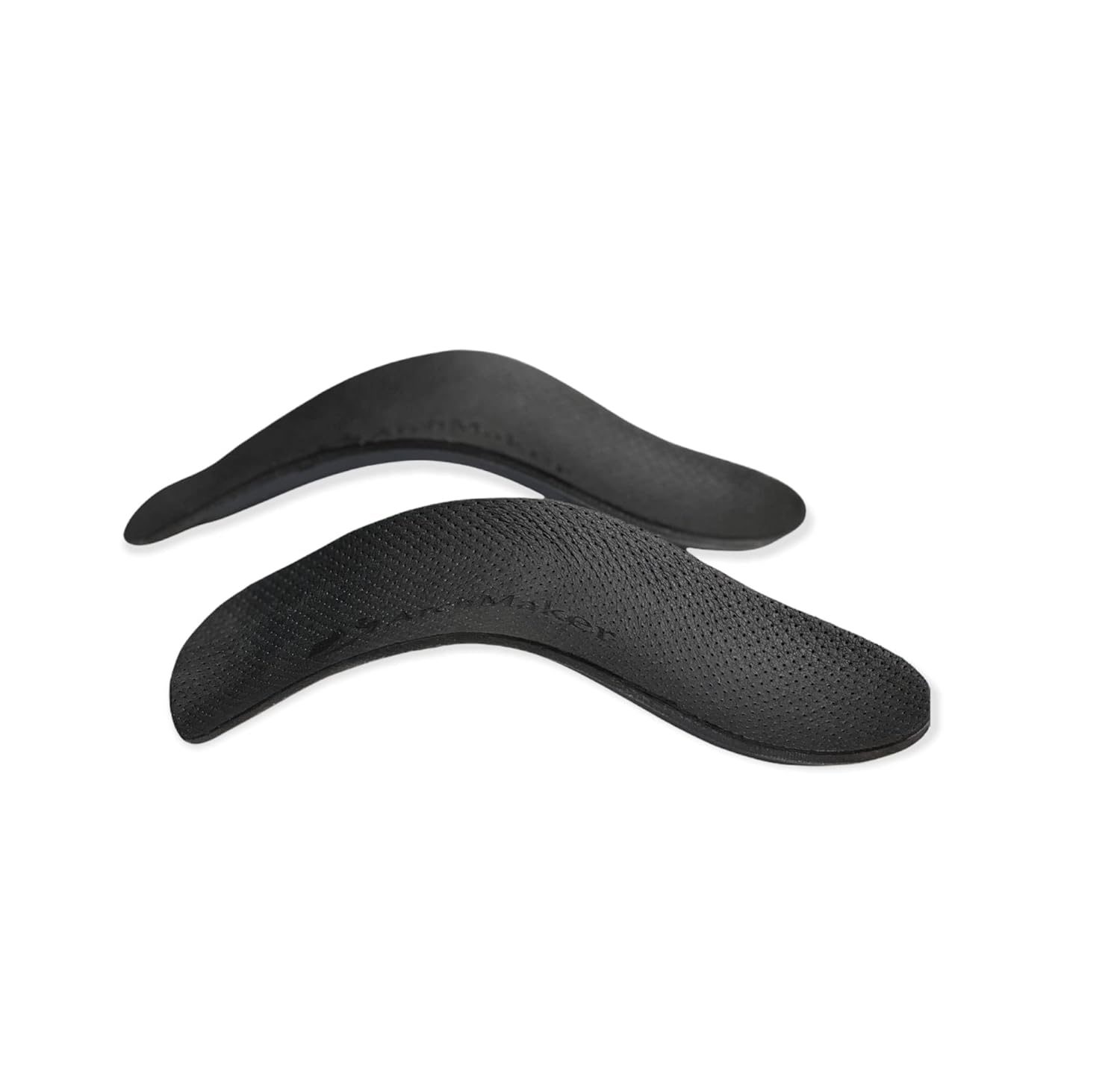The complexity of the human foot is truly fascinating, especially when it comes to the plantar fascia muscle and the way your foot is arched.
It’s amazing how this little muscle works in tandem with ligaments and bones to form a platform that enables humans to stand upright and move. Think about it—our plantar fascia muscles play a huge role in something we take for granted every day: walking.
There are 100 ligaments, tendons, and muscles in the bottom of the foot that work together to support your arch. The tendons at the very bottom are the plantar fascia tendons, and they actually consist of multiple parts that have to stay strong and remain flexible.
Humans can have either flat feet, normal, or high arches in their feet, depending on the composition of their plantar fascia muscle and other structures in their foot. These types of arches tell you is how strong the planter fascia muscle has to be in holding up a high arch versus a low arch.
A low arch is what we call a flat foot. Many would think that this would stretch out the planter fascia muscle, but a flat foot actually puts more strain on the foot unless you learn to strengthen the planter fascia muscle and/or stretch it so that it’s got buoyancy.
When you step on your foot, it should not only hold you up, but it should give you some level of shock absorption. The height of your arch relies on the planter fascia muscle to support it, to hold it up and keep it from pain when you walk.
Without strong plantar fascia muscles, the height of an individual’s arch would be decreased which can lead to issues such as plantar fasciitis, heel pain and Achilles tendonitis. Consequently, proper maintenance of the plantar fascia muscle is essential for those who wish to preserve their arch height and prevent chronic pain.
To strengthen the plantar fascia muscle, you can do stretches and strengthening exercises. Read our blog on the Top 5 Exercises to Strengthen Your Plantar Fascia Muscle.









